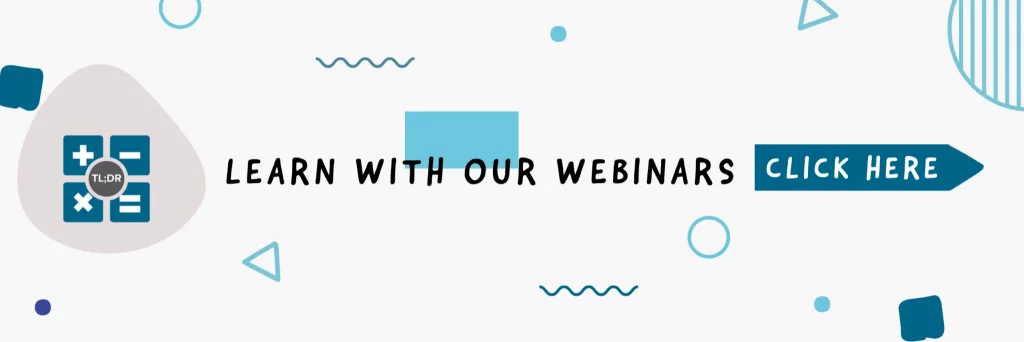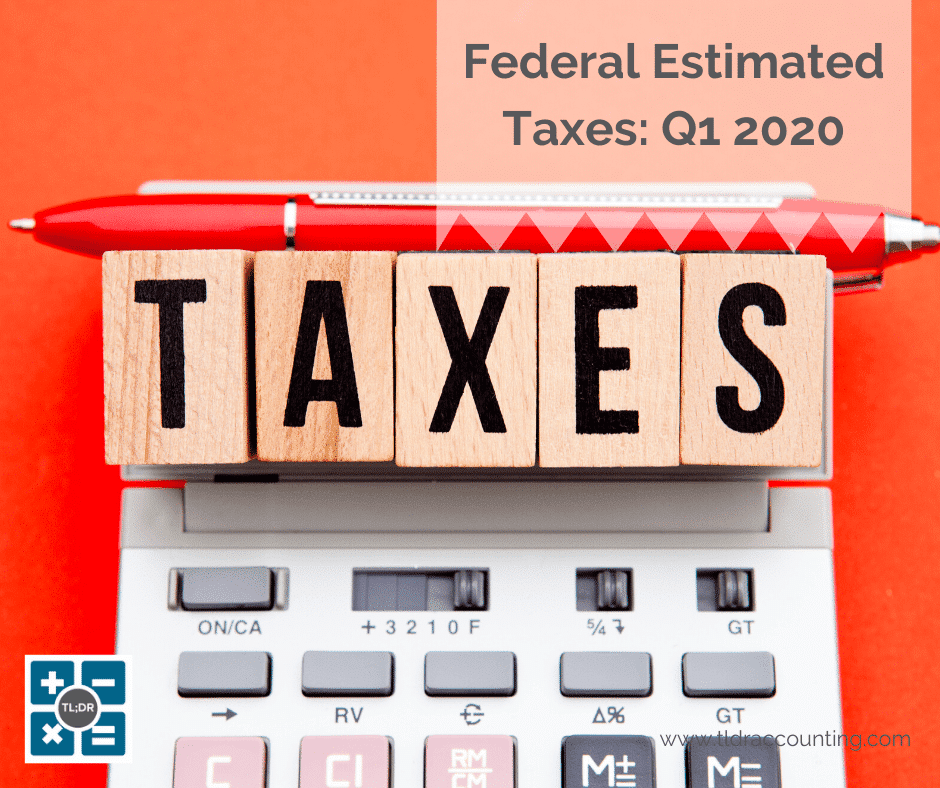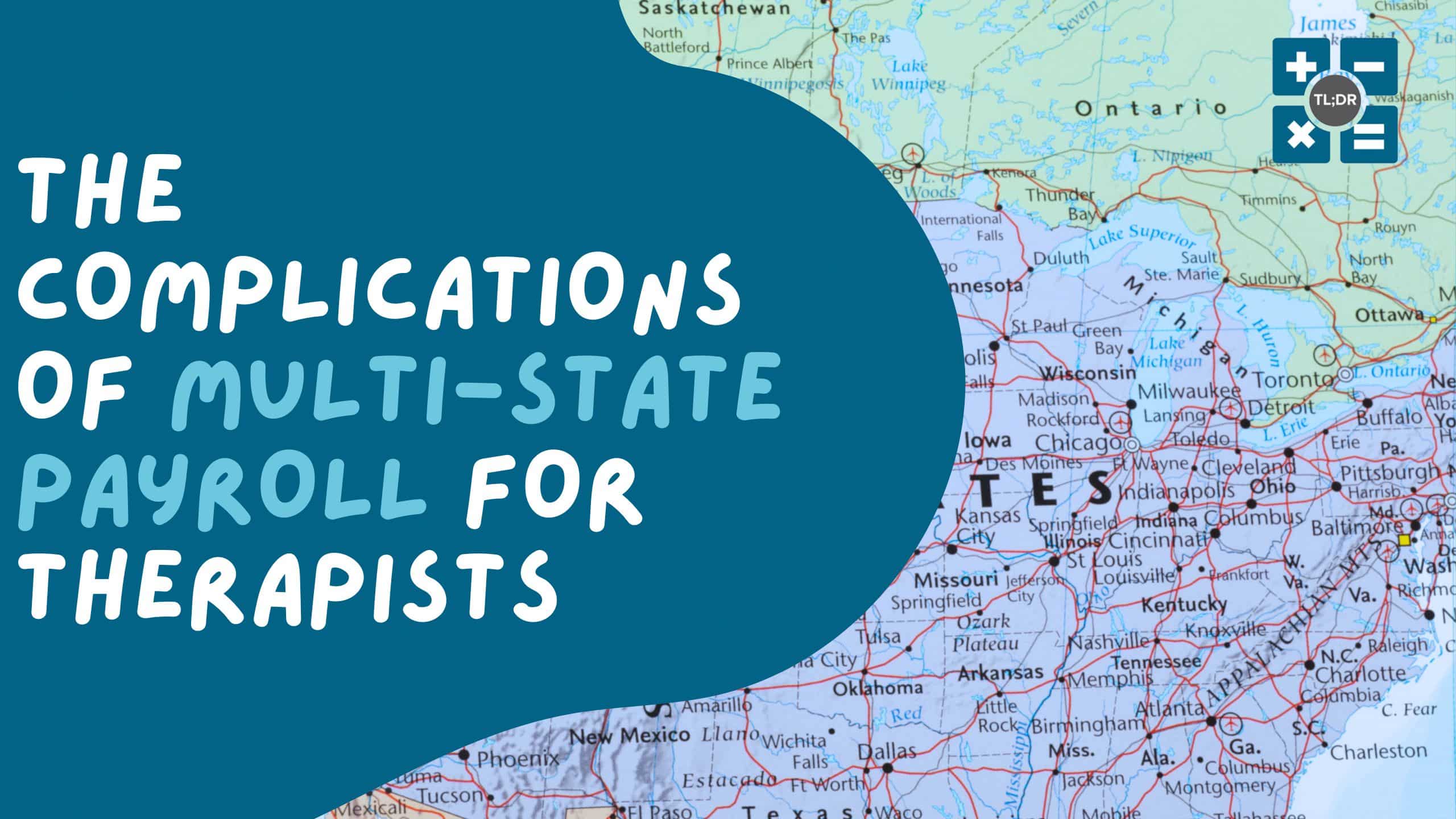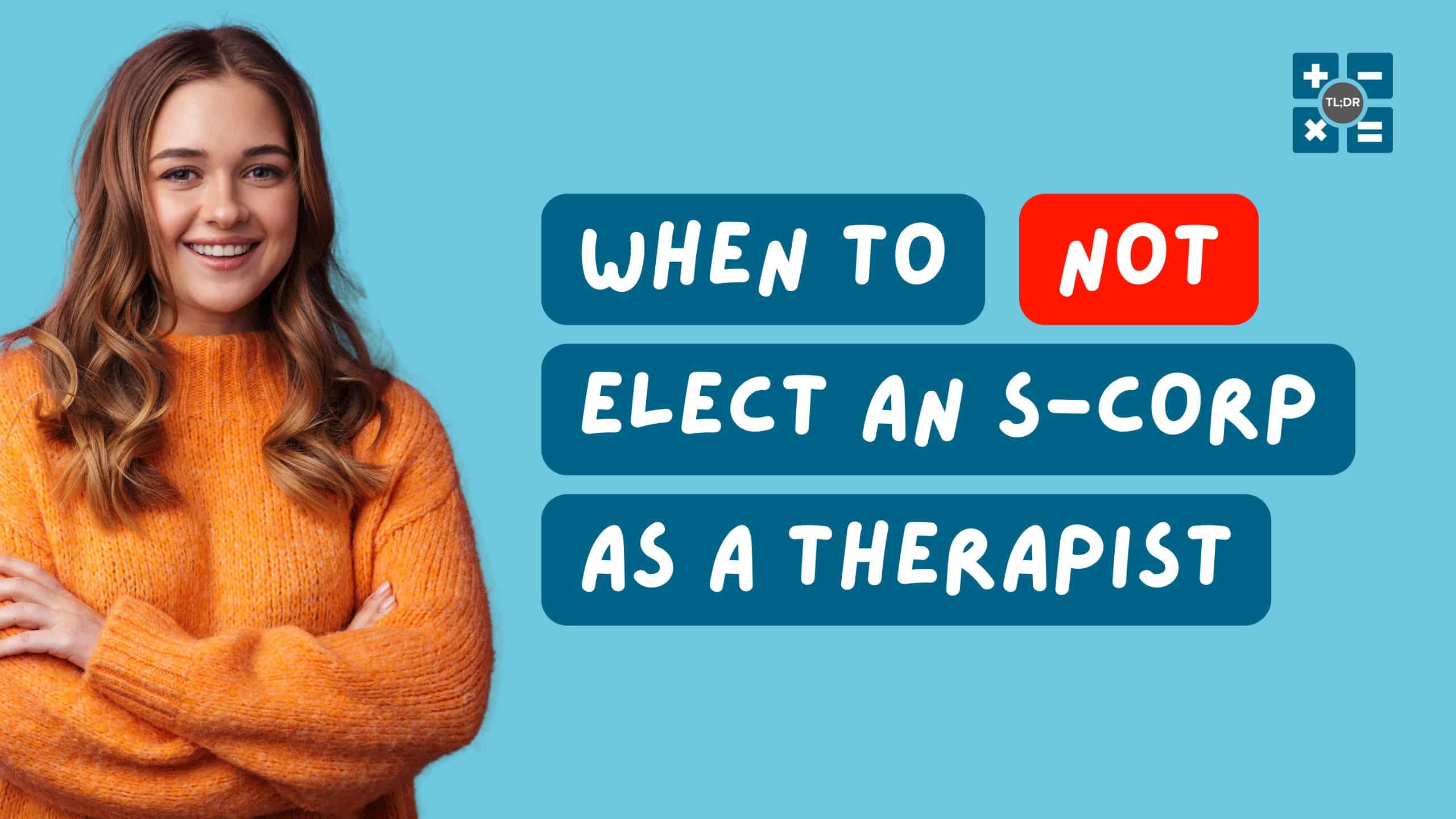Starting a new business is stressful. You have to figure out how to market yourself (and to whom), what to buy and when, how to grow your sales, how to hire and evaluate your employees, and of course how to handle taxes.
Well, there’s some good news at least: we can help you figure out how to handle your taxes!
Who Has to Pay Estimated Taxes?
Generally speaking, you only have to pay estimated taxes if you don’t pay withholding on all your income. People who make substantially all of their income as an employee probably don’t need to worry about estimated tax payments because an amount is taken out of each paycheck as estimated tax already.
That’s right: withholdings are in the same vein as estimated taxes. As you know, the W-4 is the form you use to adjust withholding.
In contrast, business owners don’t have withholding taken from their company’s earnings — there’s too much uncertainty to accurately calculate a weekly withholding as it relates to business income. This includes independent contractors, who, in a way, can also be classified as business owners.
Other situations that might lead you to make estimated tax payments: earning significant income from retirement, investments, alimony, or a “windfall” (which is the IRS’s term for “surprise income” — like from a lottery).
Quarter 1 estimated taxes are coming up, so let’s talk about the due date!
When Are Estimated Taxes Due?
Q1 Estimated Taxes are usually due on April 15, 2020. For 2020 they are due July 15th, 2020. See blog post here.
Keep in mind that while you can extend the due date to file your taxes, you cannot extend the due date to pay your taxes. We say this a lot because it’s very important! It doesn’t help you one iota to owe penalties for late payment, and interest, and interest on the penalties.
So yes, if you choose to extend this year, you must pay your estimated tax owed with your tax extension form (Form 4868). Go ahead and take a look at the form right now. Sure enough, at the bottom of page 1 is “Part II” where you are required to estimate your tax owed for 2019.
How Do I Pay Estimated Taxes?
We already looked at one way to pay, using Form 4868 if you also happen to be extending your tax filing.
Here are two other methods:
- By mail: Write a check and send it in with Form 1040-ES (see page 11). Some tax accountants give you a pre-filled 1040-ES as part of their services provided. Make sure that your 1040-ES stub with payment is postmarked by April 15th, or else it’s late.
- Online: Go to the IRS’s payment site and follow the instructions there. Paying this way has a few benefits, like receiving immediate confirmation from the IRS that your payment wasn’t late, as well as saving yourself a stamp and possibly some time. Make sure you save a copy of the confirmation and the amount that you pay.
How Do I Determine How Much to Pay?
We saved the hardest part for last: How do you estimate your tax payments?
First let’s look at the IRS minimum requirements to avoid penalties. These are called safe harbor rules, because they keep you safe from penalties:
- If you will eventually owe less than $1,000 in taxes, there is no penalty.
- If you pay at least 90% of what you will eventually owe, there is no penalty.
- If your AGI (adjusted gross income) is less than $150,000, and you pay 100% or more of the amount you paid in taxes last year as estimated payments, there is no penalty.
- If your AGI (adjusted gross income) is more than $150,000, and you pay 110% or more of the amount you paid in taxes last year as estimated payments, there is no penalty.
Items 3 and 4 are the “safest” safe harbors because (unless you need to amend a prior year tax return) you already know what these amounts are. But unless your income is growing rapidly, these options will require you to shell out more cash during the year. This effectively gives the IRS an interest-free loan of your hard-earned money!
Items 1 and 2 depend on the amount of income you will make. To satisfy these requirements you need either a crystal ball or an accurate estimation of the coming year’s income.
You can look at the 1040-ES document for the IRS’s official way to figure your estimated taxes, but note that they don’t give you much guidance on how to actually estimate your income. If you are the kind of person who runs budgets, this would be a good way to start. Since you’re estimating income and not just revenue, you have to consider both sales and expenses, so it’s a lot to estimate.
If this is all a bit much for you, just drop us a line and we’ll help you through the whole process!
TL;DR: If you make substantial income beyond employee “W-2” income, there’s a good chance that you will be required to pay estimated taxes. Quarter 1 estimated taxes are due on April 15, 2020 July 15th, 2020. You can pay them by mail using a 1040-ES payment stub or opt to pay them online. If you want to try to cut your short-term tax costs, you can try estimating your income and paying 90% of that amount. Contact us if you need help!






